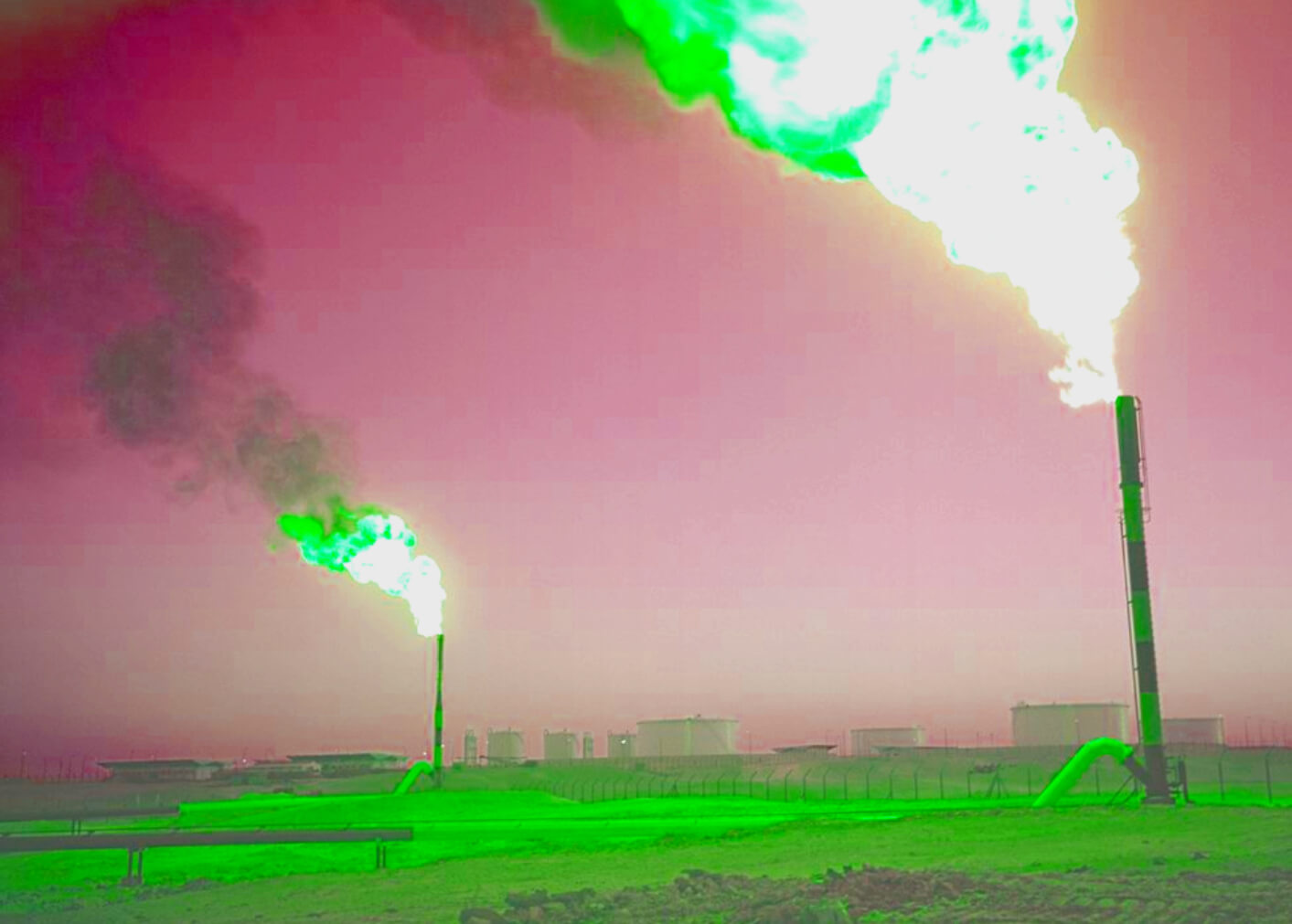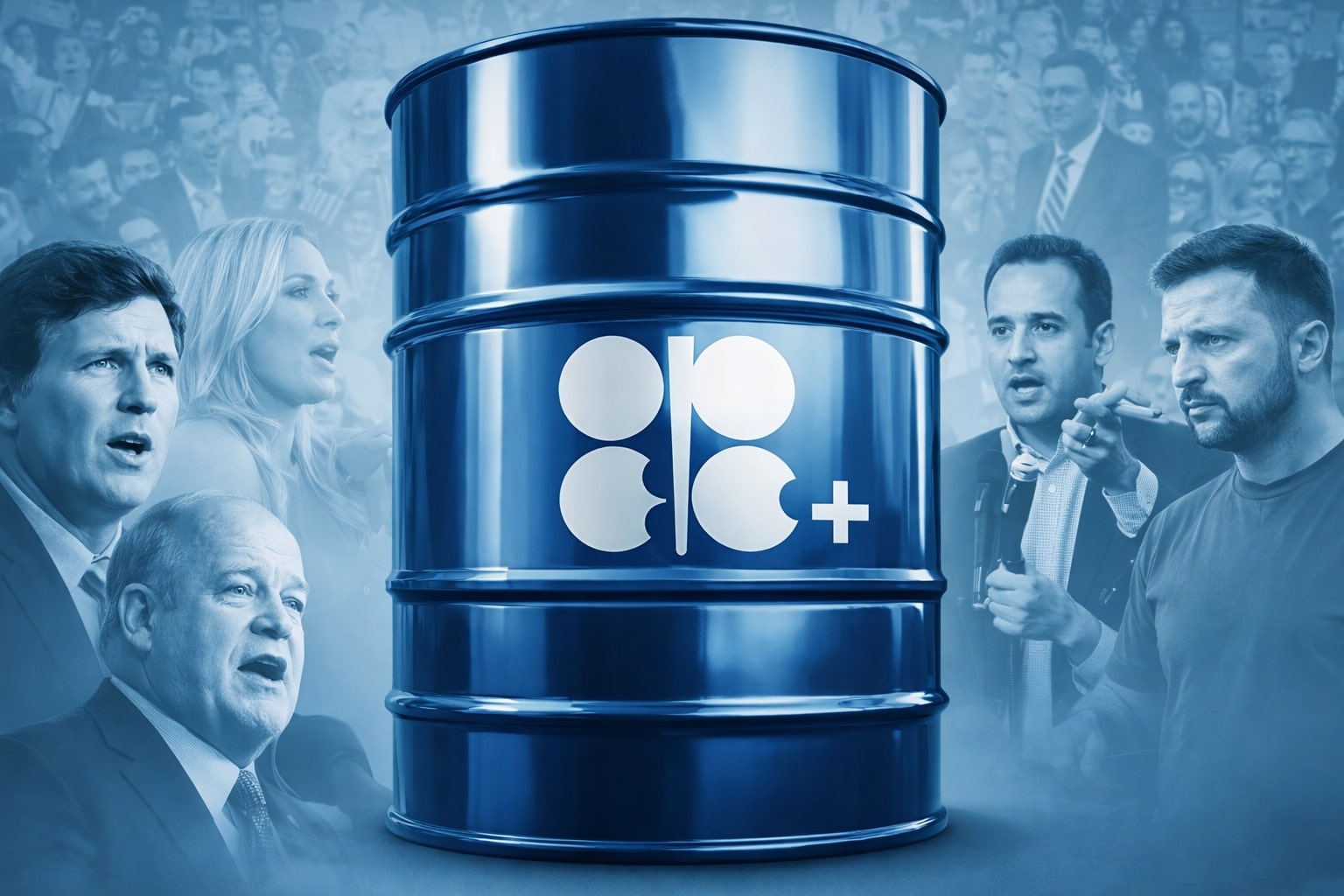
Decoding the Fluctuations in U.S. Natural Gas and Oil Markets
Understanding the Interplay of Production, Weather Patterns, and Global Influences on U.S. Energy Prices | That's TradingNEWS
Navigating the Complexities of U.S. Natural Gas and Oil Markets
Volatility in U.S. Natural Gas Futures
The U.S. natural gas futures have recently experienced significant downturns, reaching lows not seen since early October. This decline is primarily attributed to record-high production levels, which have enabled utilities to continue injecting gas into storage well into late November, a period typically marked by the transition to gas extraction for heating. The expected modest build in gas stockpiles, in contrast to the usual draw noted over the past five years, further adds to market dynamics. Survey estimates suggest a build of +2 to +7 Bcf, significantly lower than the 5-year average draw of -53 Bcf.
Weather Patterns and Market Implications
The recent warmer-than-average temperatures across the U.S. have contributed to the minimal increase in gas stockpiles. However, forecasts predict a shift to colder temperatures starting November 24, potentially increasing heating demand and providing upward support to natural gas prices. This anticipated change, alongside the disparity between spot and front-month futures prices at the Henry Hub benchmark, has opened arbitrage opportunities for traders.
U.S. Gas Production and Demand
U.S. gas output has surged to record levels, with daily production reaching a historic high of 108.9 billion cubic feet. This increase in supply, coupled with the expected rise in demand due to cooler weather, is set to elevate national gas demand. Supporting this view is LSEG's projection of a significant rise in U.S. gas demand, including exports, in the upcoming week. Notably, there has been an increase in gas flows to major U.S. LNG export plants, indicating robust export activity.
Futures Market Outlook
With gas production at an all-time high and considerable storage capacity, traders seem less hopeful of significant price spikes during the winter. The futures market reflects this sentiment, with the premium of January futures over December reaching its lowest point since last November. In contrast, the premium of futures for 2025 over 2024 has reached a new high, suggesting expectations of rising prices due to increased demand from new LNG export facilities.
Technical Analysis of Natural Gas Prices
The current positioning of natural gas prices above the 200-day moving average but below the 50-day moving average presents a mixed sentiment in the market. This positioning indicates a potential longer-term uptrend, yet a short-term bearish sentiment or a consolidation phase in the nearer term. The minor support and resistance levels at 2.838 and 3.002, respectively, place the current price just above minor support, suggesting a precarious balance.
Disparity in European and U.S. Gas Prices
Contrasting trends are evident between European and U.S. gas prices, with European futures soaring by 3% while U.S. futures sink by 2%. This divergence is partly due to geopolitical tensions, as highlighted by the seizing of a vessel in the Red Sea, stirring up war fears and impacting European gas prices. Meanwhile, the U.S. Dollar's decline, breaking crucial technical support levels, could potentially support commodity prices, including natural gas.
Global Factors Influencing the Natural Gas Market
Several global factors are influencing the natural gas market. These include sluggish European industrial demand, geopolitical tensions in the Middle East, and varying weather patterns across regions. The potential for a proxy war in the Middle East, for instance, could significantly impact gas prices, with levels to watch being $3.64 and, in more extreme scenarios, $4.33.
Oil Market Dynamics and U.S. Energy Production
In the broader energy complex, U.S. crude oil and gasoline prices have settled moderately lower, influenced by OPEC+ meeting delays and dissatisfaction among members over production levels. Additionally, U.S. economic indicators have presented a mixed impact on energy demand and crude prices. With the Thanksgiving holiday expected to boost travel and fuel demand, the oil market is facing its own set of challenges and opportunities.
Conclusion
In summary, the U.S. natural gas market is navigating through a period marked by high production levels, changing weather patterns, and complex geopolitical dynamics. While the domestic market shows signs of consolidation and bearish short-term sentiment, global factors, including European demand and Middle Eastern tensions, add layers of complexity. Similarly, the oil market is contending with OPEC+ dynamics, economic indicators, and seasonal demand fluctuations. These factors collectively shape the energy market's trajectory, presenting a nuanced picture for investors and market analysts. For detailed insights and updates on these markets, TradingNews offers real-time analysis and information.
Read More
-
SPYD ETF Price at $43.57: Is This High-Dividend S&P 500 Fund Still Cheap for 2026?
30.12.2025 · TradingNEWS ArchiveStocks
-
XRP ETF Inflows Ignite: XRPI at $10.79 and XRPR at $15.43 While XRP-USD Holds the $1.80 Floor
30.12.2025 · TradingNEWS ArchiveCrypto
-
Natural Gas Price Forecast $4: Storage Slides, UNG Climbs and NG=F Targets $5.50
30.12.2025 · TradingNEWS ArchiveCommodities
-
USD/JPY Price Forecast: 158 Ceiling and 154.50 Support Define the 2026 Battle
30.12.2025 · TradingNEWS ArchiveForex


















